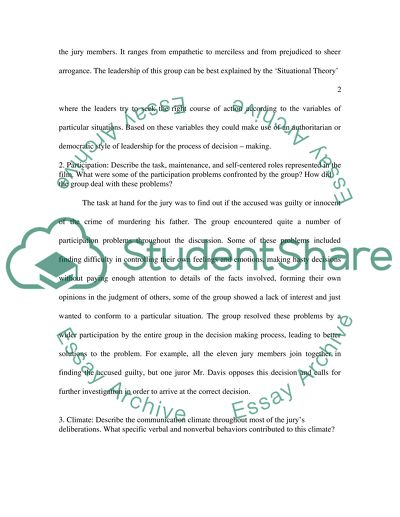Cite this document
(“12 angry men film analysis Essay Example | Topics and Well Written Essays - 1000 words”, n.d.)
Retrieved from https://studentshare.org/visual-arts-film-studies/1478878-12-angry-men-film-analysis
Retrieved from https://studentshare.org/visual-arts-film-studies/1478878-12-angry-men-film-analysis
(12 Angry Men Film Analysis Essay Example | Topics and Well Written Essays - 1000 Words)
https://studentshare.org/visual-arts-film-studies/1478878-12-angry-men-film-analysis.
https://studentshare.org/visual-arts-film-studies/1478878-12-angry-men-film-analysis.
“12 Angry Men Film Analysis Essay Example | Topics and Well Written Essays - 1000 Words”, n.d. https://studentshare.org/visual-arts-film-studies/1478878-12-angry-men-film-analysis.


